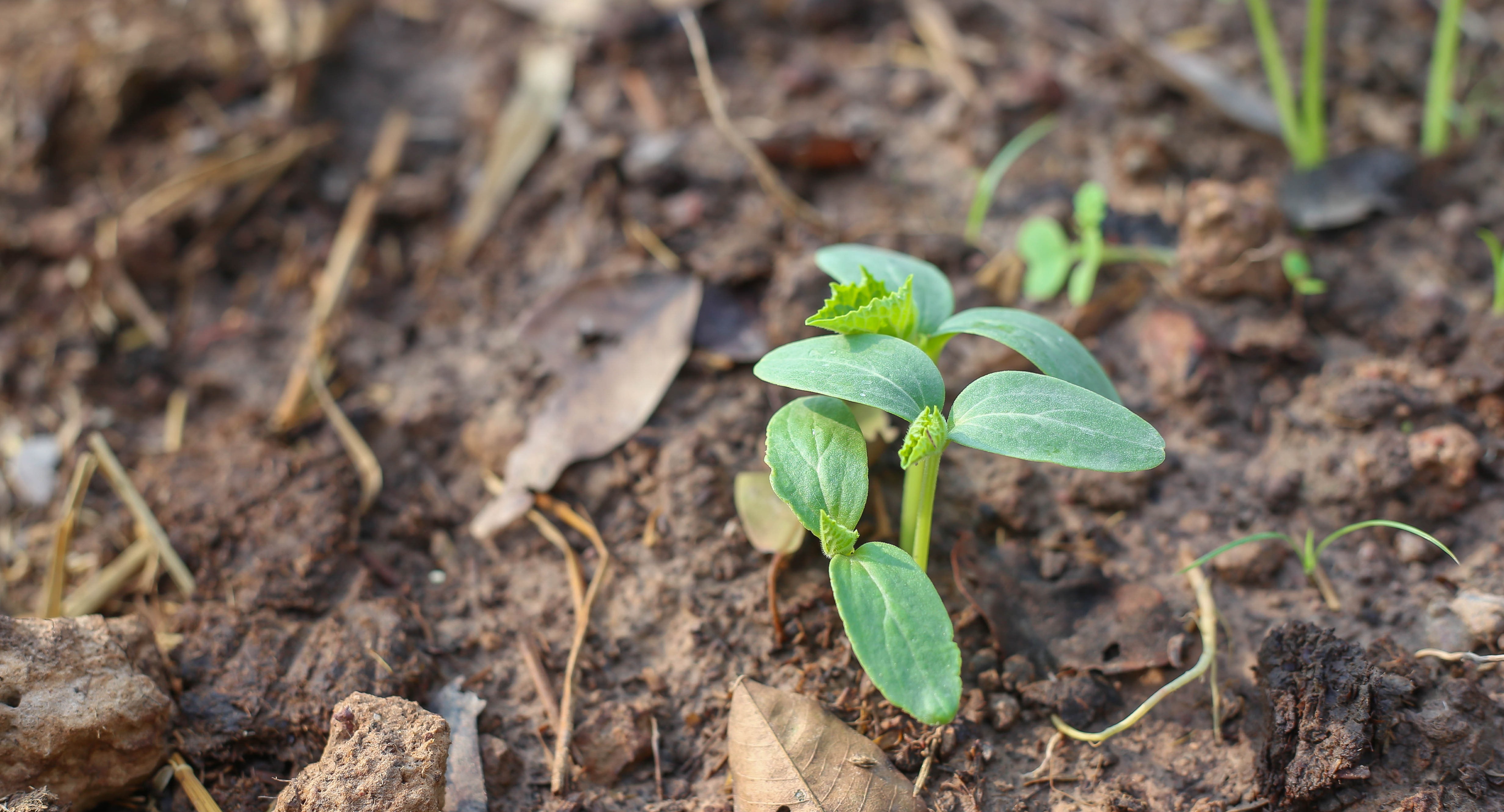Bioaugmentation for Soil and Wastewater Treatment
KEY INFORMATION
TECHNOLOGY OVERVIEW
Conventional soil remediation methods, such as thermal desorption, are costly and require the disposal of the resource, taking up space in landfills. These methods also alter the physical properties of the soil, which can have negative consequences for soil health and plant growth. Bioaugmentation is a promising new technology that offers a more sustainable and environmentally friendly alternative to conventional soil remediation methods. Bioaugmentation involves the addition of chemical-degrading microorganisms to the contaminated site. These microorganisms break down the pollutants into harmless byproducts, allowing the land, soil, and water to be reused.
The bioaugmentation technology developed is highly portable and does not require the deployment of large machinery on-site. This makes it a cost-effective and efficient option for soil remediation, especially in remote or difficult-to-access areas. The soil after treatment is compliant with the current United States Environmental Protection Agency (US-EPA) and Australian standards (below 1,000 ppm Total Petroleum Hydrocarbons (TPH)). The technology has also been proven to be effective in tropical climates.
Overall, bioaugmentation is a promising new technology that offers a more sustainable and environmentally friendly alternative to conventional soil remediation methods. It is a cost-effective and efficient option for soil remediation, especially in remote or difficult-to-access areas. The technology has also been proven to be effective in tropical climates.
The technology provider is seeking a partner to test the feasibility of our treated soil for farming and land restoration purposes, and to develop a formulation for soil rehabilitation for farming and food production without the use of fertilizers.
TECHNOLOGY FEATURES & SPECIFICATIONS
The bioaugmentation technology uses locally sourced microbial strains that are optimized for climate conditions in Southeast Asia and the tropics. The technology involves the addition of chemical-degrading microorganisms to contaminated soil or groundwater. The non-genetically modified, non-pathogenic, and non-toxic formulated product can be stored in air-conditioned facilities (25oC) for up to 100 days.
Features:
- Locally sourced microbial strains that are optimized for climate conditions in Southeast Asia and the tropics.
- Non-genetically modified, non-pathogenic, and non-toxic formulation.
- Manufactured in Singapore (does not require import permit to deploy in Singapore).
- Can be stored in air-conditioned facilities (25°C) without the need for refrigeration. Shelf life up to 100 days. The product can also be spray-dried for export.
- Highly portable and able to reach hard-to-access and restricted areas. Does not require the deployment of heavy machinery or sophisticated instruments.
- Simple application procedure: unseal and pour.
Specifications:
- The application dose for soil is approximately 1 liter of product per 1 metric ton per 10,000 ppm total petroleum hydrocarbons (TPH).
- TPH reduction from 35,000 ppm to 7,000 ppm (5-fold or 80% reduction) within 100 days using the direct application (without the use of biopile).
- TPH reduction from 27,000 ppm to 1,000 ppm (27-fold or ~95% reduction) within 100 days using covered aerated biopile.
Advantages:
- The formulation is specifically designed for use in tropical climates, unlike other products that are only effective in temperate regions.
- The technology has been field-proven in four different locations in Singapore and is ready for large-scale application.
- The highly portable product can be applied on-site, eliminating the need to transport soil or water to a designated facility. This also means that heavy machinery is not required, which can save time and money.
- The technology does not require the replacement of soil, which can save further costs and reduce environmental impact.
- The technology can be applied in a variety of settings, including small spaces and fire hazard areas.
- The process does not require thermal desorption, incineration, or landfilling, which reduces greenhouse gas emissions and energy consumption compared to conventional treatment methods.
- The technology has been used to successfully treat 2,500 metric tons of soil in Goi (2017).
*For treatment up to 100 tons only with at least 2 full-time workers on-site.
POTENTIAL APPLICATIONS
This technology can be used to remediate contaminated soil and groundwater, both onshore and offshore. It can also be used to treat wastewater treatment plants and tanks, as well as non-centralized groundwater treatment systems. Additionally, this technology can be used to rehabilitate soil for farming and food production without the use of fertilizer.
Unique Value Proposition
- Personalised direct collaboration with designer-developer
- Customised solutions on-site in Singapore

